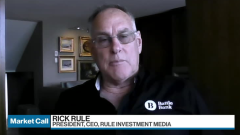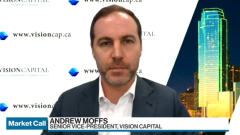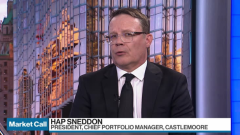May 16, 2024
Bernanke and Blanchard Say Central Banks Need Cooler Job Markets
, Bloomberg News

(Bloomberg) -- Central bankers in the last mile of their battle against inflation still need labor markets to cool, though the impact on unemployment may vary across countries.
That’s according to a new analysis by former Federal Reserve Chair Ben Bernanke and former International Monetary Fund Chief Economist Olivier Blanchard, who undertook the research for the Peterson Institute for International Economics in a joint project with ten central banks. The work is a follow-up to their previous analysis that looked at the causes of pandemic-era inflation in the US.
“In most countries, traversing the last mile back to central bank inflation targets will likely require bringing labor markets into better balance by reducing vacancy-unemployment ratios,” Bernanke and Blanchard wrote. “The extent to which labor market cooling results in higher unemployment depends importantly on both the slope of the wage Phillips curve and the slope and position of the Beveridge curve.”
The so-called Beveridge curve maps the level of job vacancies in an economy against the unemployment rate, while the Phillips curve asserts a link between unemployment and inflation. Bernanke and Blanchard said the impact on US unemployment may be limited.
“In countries such as the United States, where the Beveridge curve appears to be shifting down toward its prepandemic position, the unemployment costs of the last mile could be limited,” they wrote.
The relationship between unemployment and inflation has proven controversial, especially in the US, where price increases have cooled from the rapid pace seen in 2022 even as unemployment remained near the lowest levels in decades.
In a July 2022 paper titled “Bad News for the Fed From the Beveridge Space,” former US Treasury Secretary Lawrence Summers, Blanchard and Alex Domash of Harvard University argued that unemployment would need to increase materially for inflation to cool, a finding which has been challenged by other economists.
Bernanke and Blanchard suggested in their new paper that even though tight labor markets played a limited role in sparking the inflation surge, wage demands remain an important factor for policymakers to consider.
“The inflation effects of tight labor markets are persistent, so that, as the shocks to prices (e.g., for energy and food) have reversed, the wage pressures from hot labor markets have become a more important source of inflation,” the two economists wrote.
©2024 Bloomberg L.P.






